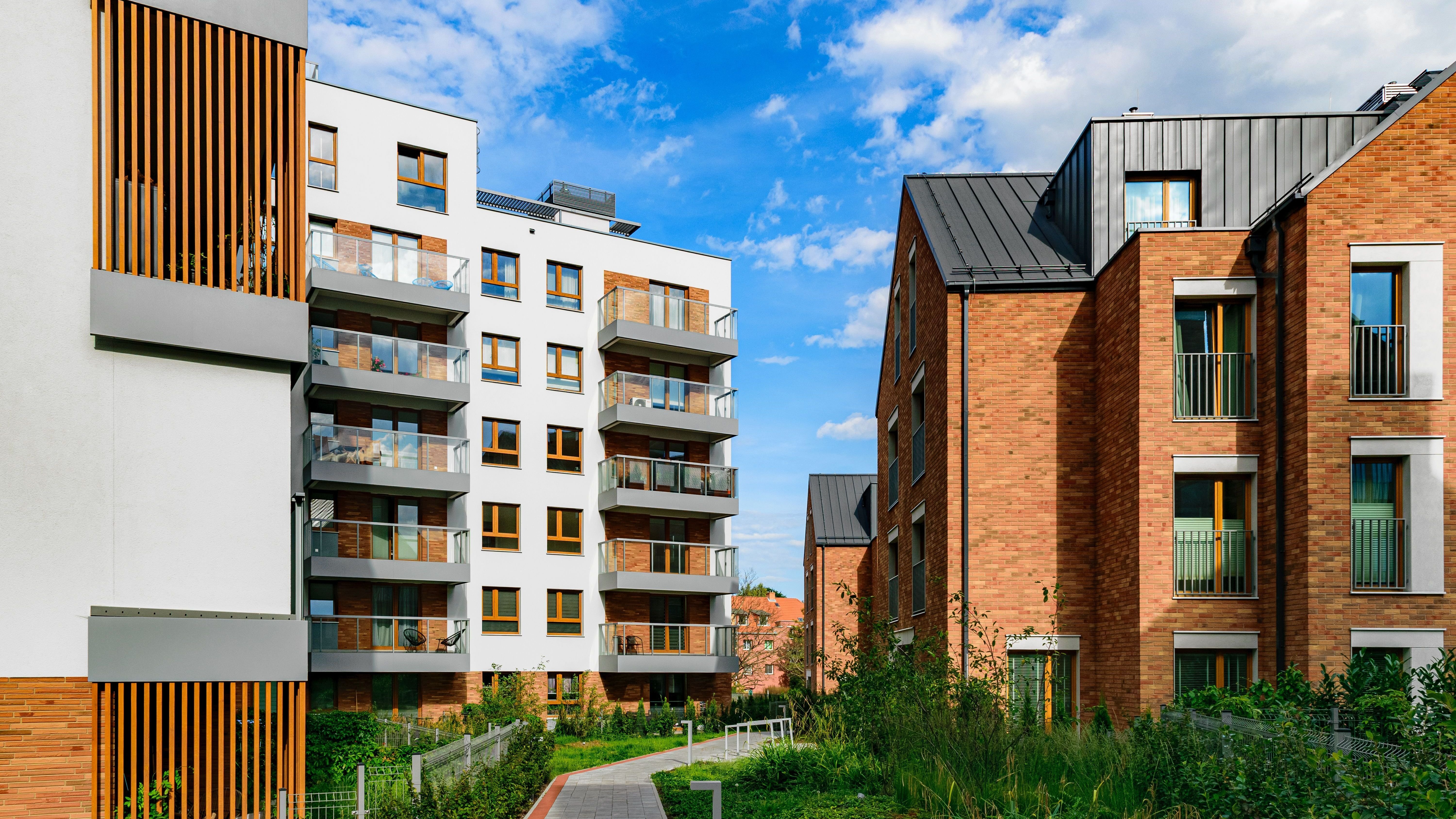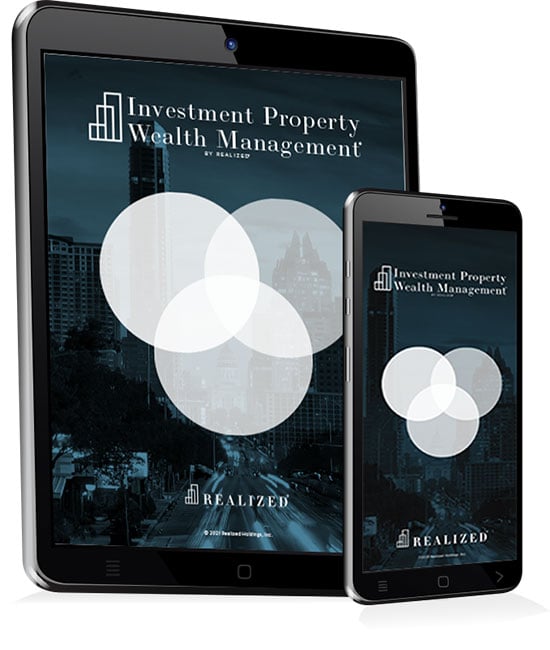
For many, investing in real estate is often viewed as a way to complement traditional asset classes. While outcomes vary, real estate investments may provide benefits such as diversity, passive income, and additional benefits.
Understanding investment real estate and its operation is an important step if you want to put your capital into such an asset. With this knowledge, you may be better equipped to navigate the processes of buying, selling, and managing these properties in alignment with their broader investment strategies.
What Is Real Estate Investment?
Investment real estate involves real property bought and held for income-generating purposes, not personal use. Through leasing, resale, or both, the property can potentially generate a return on the investment—income for you. Investment real estate generally refers to land and anything permanently attached to it, including fences, buildings, and natural resources.
Real estate investments have two categories:
- Short-term investments involve holding real estate often for less than a year with the intent to resell at a profit. House flippers who buy homes, renovate them, and sell them for a higher price are examples of short-term investments.
- Long-term investments involve holding real estate for longer than a year. Return on investment is generated through rent or appreciation.
Investment Real Estate Categories
Investment real estate encompasses many asset types, including the following.
Residential
As the name suggests, a residential investment property serves as a residence (living space) for tenants on a lease or other type of rental agreement. This category can include everything from duplexes to small multifamily units. As the owner, you may generate income through rental payments.
While larger apartment buildings are used for residential purposes, the scale of operation grows. You’re providing housing and running a business, which means apartment complexes fall under the next category of commercial property.
Commercial
Commercial real estate's primary goal is to generate income through business activities. Commercial real estate includes:
- Office buildings
- Industrial properties
- Apartment complexes
- Hospitality establishments
- Restaurants
- Retail
Commercial properties can require a high degree of management expertise, given the scope of operations. However, the potential for returns may be higher.
Mixed-use
Some investment properties are used for residential and commercial purposes. This real estate type is considered mixed-use. For example, a building can have restaurants and small shops on the main floor, while the upper portion of the structure contains residential units.
Steps to Buying Real Estate Investment Property
If you want to add investment real estate to your portfolio, there are a few steps to help you succeed.
#1–Define Your Investment Goals
Don’t buy just any investment property that looks promising. Make sure to determine whether or not you want this property for a short- or long-term investment. Also, decide which asset type you can manage easily while still receiving good returns. Then, consider your risk appetite. Choose assets that align with your tolerance for potential losses.
#2–Secure Financing
If you don’t have cash to purchase the property outright, you will need financing. You may qualify for funds by working with a lender, bank, or other entity.
Mortgage loans are the most common form of financing, but others, like debt service coverage ratio loans (DSCR) or private money loans, could also work for your situation. It’s a best practice to work with a loan or mortgage professional to help determine the best loan type for your unique situation.
#3–Research the Target Market
Analyze location, rental demand, supply, and growth potential. Neighborhood desirability and school districts can influence residential properties, while economic trends and business viability could impact commercial property performance.
#4–Make an Offer
Once you’ve chosen a property, make an offer to the seller and negotiate the purchase price. When deciding on the initial offer, study comparable property sales in your target area and consider the property’s age, occupancy, and required maintenance.
#5–Perform Due Diligence
Due diligence is when you inspect and investigate the property to ensure it meets your requirements. Tasks include physical inspections, legal and financial reviews, regulation compliance, and environmental studies. Due diligence is essential, as it can help identify potential issues impacting the property.
#6–Close the Deal
At this point, financing should be secured and inspections completed. All that remains is signing the legal and other forms and transferring funds. Once you finish the closing, you’ve successfully bought an investment property. The next step is managing its operations, to help achieve your goal of earning and providing a substantial return on investment.
Investment Real Estate: Good for You?
Real estate is often considered by investors seeking potential passive income, long-term portfolio diversification, and opportunities for appreciation. However, there are issues to consider. Researching the property and its area is important, as is working with experts who can guide you. Property ownership requires maintenance, and capital expenditures and could result in negative tenant interactions. You must determine if you have the time or financial resources to buy investment real estate.
Contact the professionals at Realized 1031 for information and advice concerning investment properties and alternative investment strategies. Visit realized1031.com to schedule your no-obligation consultation.
The tax and estate planning information offered by the advisor is general in nature. It is provided for informational purposes only and should not be construed as legal or tax advice. Always consult an attorney or tax professional regarding your specific legal or tax situation.



